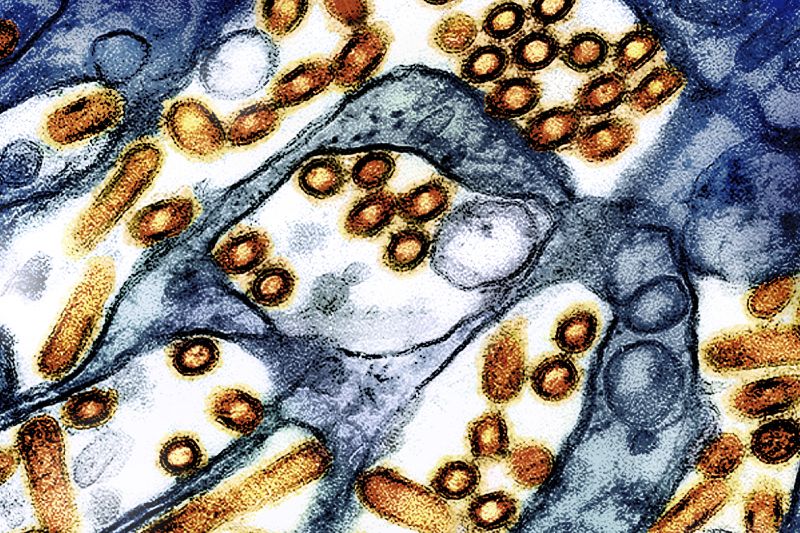Four more health-care workers who tended to a person hospitalized with H5N1 bird flu have revealed that they had respiratory symptoms after their exposures, according to the US Centers for Disease Control and Prevention.
One health-care worker who had symptoms had what investigators consider high-risk contact with the patient, meaning they provided care before the hospital advised taking precautions such as wearing a mask when tending to the patient.
Three additional workers reportedly had low-risk contact with the patient after the hospital required precautions.
None of these workers was tested at the time they experienced symptoms, the CDC reported Friday.
Before Friday’s disclosure, two other health-care workers had been identified as having symptoms after caring for this patient, bringing the total number of workers with symptoms to six.
To give an idea of the scope of the investigation, 18 health-care workers have been identified as having high-risk exposure to the patient, and 94 others had contact that was considered low-risk, the CDC said.
The six health-care workers who fell ill did not have severe symptoms, and they have since resolved. One worker tested negative for influenza at the time of their illness. The other five will have their blood tested to see whether they have antibodies against the virus, which would show whether they had a past H5N1 infection, the CDC added.
- Sign up here to get The Results Are In with Dr. Sanjay Gupta every Friday from the CNN Health team.
It has been three weeks since the CDC and Missouri Department of Health and Senior Services announced that a person who had no contact with animals had tested positive for H5N1, the 14th human infection in the United States since April.
The other 13 cases were in farm workers who had direct contact with infected dairy cows and chickens. The cause of the Missouri patient’s infection in still under investigation, which is being led by the state, with assistance from the CDC.
None of the people in the US with a confirmed H5N1 infection is known to have infected other people. That would raise alarm because it would suggest that the virus was changing in ways that could allow it to more easily infect humans.
In other updates, the CDC said that it has developed a test for wastewater that can discriminate samples with H5 viruses from other types of influenza A. This will be particularly helpful as the US moves into flu season and influenza A becomes more common in wastewater.
The CDC is reminding people:
- Not to touch sick or dying animals, including wild and farmed birds and cows.
- To avoid bedding and litter of animals suspected of having H5N1 influenza.
- Not to drink raw milk. Heating milk kills the virus, so pasteurized products are safe.
- to wear personal protective equipment such as masks and gloves when working with sick animals.
The agency says the immediate risk to the public from H5N1 bird flu continues to be low.







